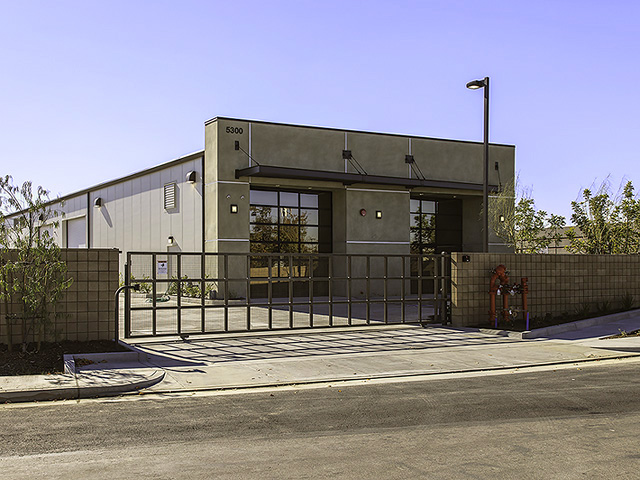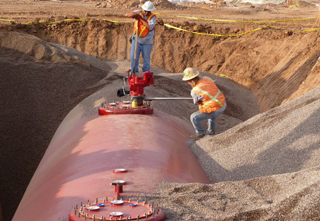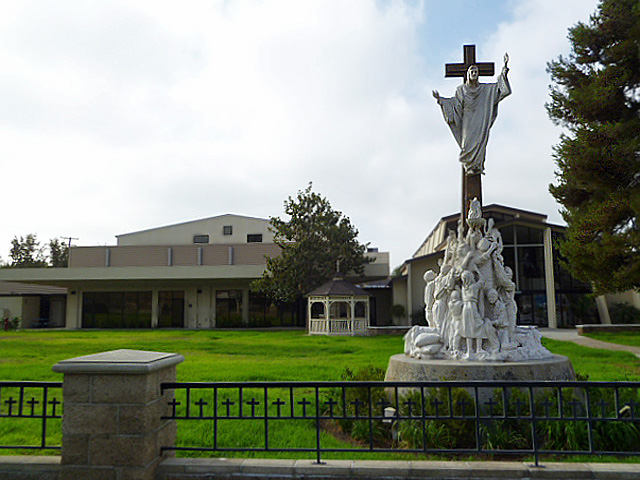General Contractor
The General Contractor is the entity responsible for delivering a construction project to the client, referred to as the Owner. Traditionally, the General Contractor responds to Owner's solicitation for bids after detailed design drawings have been completed. An alternative arrangement to this traditional Design-Bid-Build (DBB) method is what is known as Design-Build (DB), elevating Contractor's responsibility to include the design phase. In either case, the bid submitted to the Owner includes supporting documentation, including the schedule estimate and Statement of Qualifications.
Before bidding, the General Contractor evaluates all project-specific documents and may visit the site. Once his bid is accepted, he becomes the project manager. In broad terms, this entails overseeing the construction project from start to finish; maintaining close communication with the Owner and, depending on the delivery method, the design team of architects and engineers; selecting and scheduling subcontractors and vendors and managing all records.

Who Assumes the Risk?
In traditional DBB contracts, the overall risk remains with the Owner, who is responsible for selecting the Designer and separately selecting the General Contractor, whose risk is limited to staying within his bid budget. If design discrepancies arise or change orders occur during construction, the Contractor charges for additional costs and fees accordingly. For DB contracts and similar arrangements in which the Contractor plays a more involved construction management role, risk resides with him and he must absorb expenses associated with changes after the fact.
The Owner may seek to direct and close control of a specific trade or element of the project. An example of where this makes sense are construction projects requiring pre-engineered metal buildings, a company specializing in erecting steel structures and having the unique skills to do so could be contracted with separately.
The advantages to this approach are that it allows the Owner to get into a level of design, detail or performance on a component that is important to the project objectives. The disadvantages are that more time and expense is invested in day to day management and coordination effort on the part of the Owner, and risk and accountability can become blurred, inviting finger pointing among various subcontractors when something goes wrong.
 Risk can be mitigated significantly through Contractor involvement early on, prior to construction and even before the design phase has finished. Consultation between the design team and the Contractor can resolve constructability issues and help establish more accurate budgets and schedules. There are a number of pre-construction services that a good contractor can provide, but if the Owner considers these services critical then the Design Builder delivery method makes more sense. In DBB contracts there is usually not much opportunity for the Contractor to provide input before construction commences.
Risk can be mitigated significantly through Contractor involvement early on, prior to construction and even before the design phase has finished. Consultation between the design team and the Contractor can resolve constructability issues and help establish more accurate budgets and schedules. There are a number of pre-construction services that a good contractor can provide, but if the Owner considers these services critical then the Design Builder delivery method makes more sense. In DBB contracts there is usually not much opportunity for the Contractor to provide input before construction commences.
General Contractor Responsibilities
Managing the construction of large commercial and industrial buildings is demanding and requires a host of skills. The prime general contractor responsibility is providing all labor, materials, equipment and services to accomplish the project. This almost always includes the hiring and scheduling of subcontractors. Another key component is maintaining close communication with the Owner and Architect, and keeping detailed accurate records.
Depending on the nature and scope of the work, responsibilities may include applying for building permits, providing temporary utility service onsite, and arranging for engineering or surveying. Also, there is almost always some level of security management required, quality control and disposal of construction waste, storm water and dust.
The General Contractor must be skilled at managing risk. When the project design is crystal clear and relatively confined, such as small tenant improvements, the chance of problems arising is small; but as scope increases, a number of issues must be anticipated. Examples include poor subcontractor performance, safety problems, delayed deliveries, contrary weather, failed inspections and negatively impinging pre-existing on-site conditions.

Successful project delivery includes the important team effort between the Owner, the Designer and the General Contractor. Consider Facility Builders & Erectors to fulfill this key role in your project.